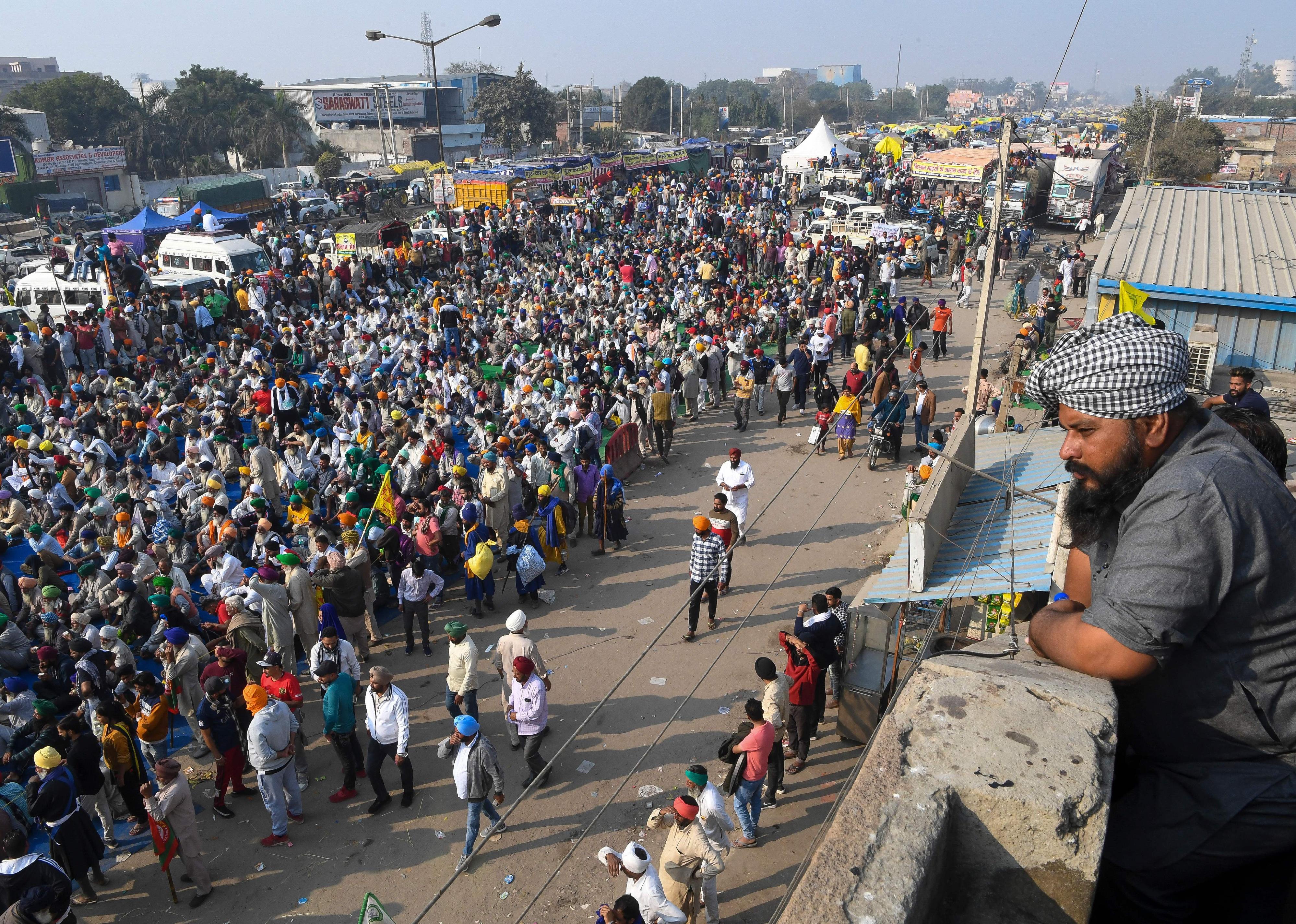
A timeline of farmers' protests in India
In its most basic form, a protest is a statement or action that expresses disapproval or objection of someone or something. Almost as old as humanity itself, protesting, both violently and peacefully, has a long history.
One of the first widely-reported protests happened in 1215 when English peasants and barons revolted against King John's absolute power that stripped them of their individual rights and forced him to sign the Magna Carta. Since then, groups have forced change on issues ranging from religious (Martin Luther's 95 theses) to political (the Boston Tea Party and the suffragette movements) to racial (the civil rights movement) to quality of life (the Miners' Strike).
Earlier this summer, the world's eyes were drawn to America when George Floyd's wrongful death at the hands of police prompted Black Lives Matter protests. At its peak, over half a million protestors took to the streets in 550 places across the country, potentially making it the largest movement in the country's history. Today, the world is watching even bigger protests, which may be the largest in human history, take place in India.
Since August, an estimated 200 million people in India have participated in protests against new laws that would negatively affect farmers, who make up a massive percentage of the country's workforce. Although the massive revolt has been dominating life in India and headlines throughout the rest of Asia, very few outside of that bubble are aware of what's been going on, the importance of the protest, and the context that has led to the enormous event.
Stacker has put together a timeline of the farmers' protests in India, using information compiled from news and government sources. The following slides give an overview of the events that have led up to the ongoing protests, as well as some of the key moments of the demonstrations thus far.
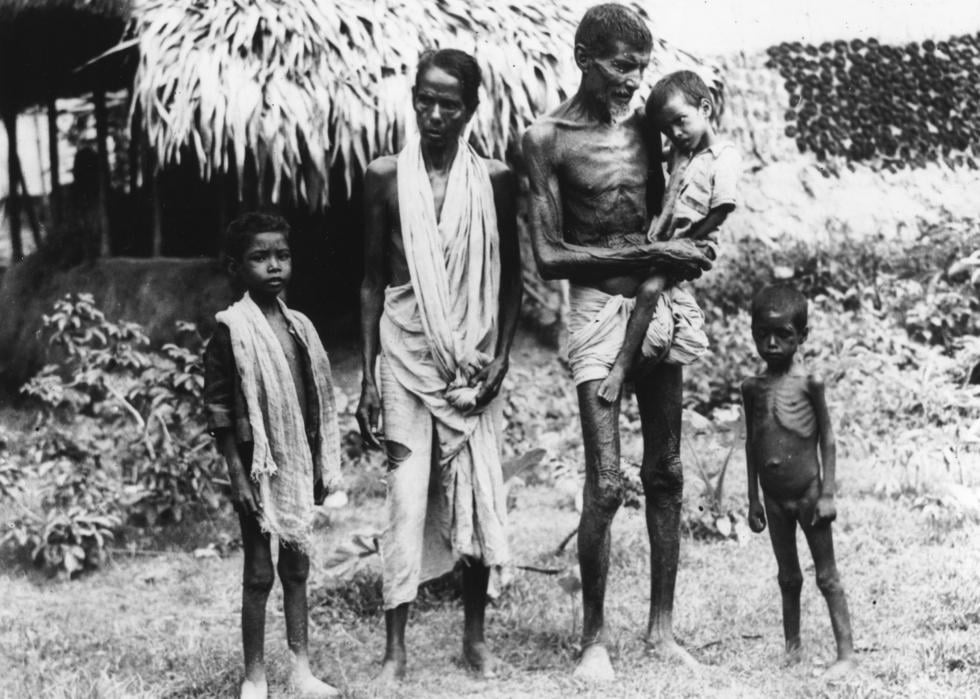
1943–1944: The Bengal Famine
In order to really understand the current issues in India, we need to go all the way back to 1943 and the Bengal Famine. An anthropogenic famine, the food shortage killed an estimated 3-4 million people, forced many to sell their farms, and left the country reliant on foreign food aid for decades.
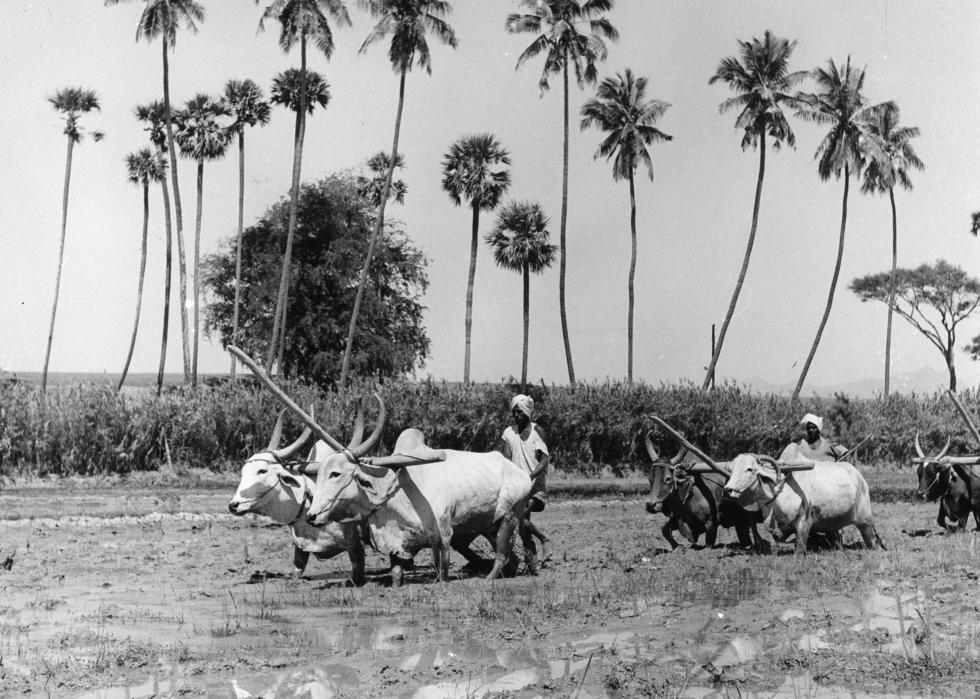
1947–1967: The expansion of farming lands
Shortly after acquiring food stability, India began taking steps to prevent another grand-scale famine from taking place. Beginning in 1947, the government started to expand the amount of land that could be used for farming. In some cases, they provided financial aid to clear and prep areas so that farmers could more easily grow crops.
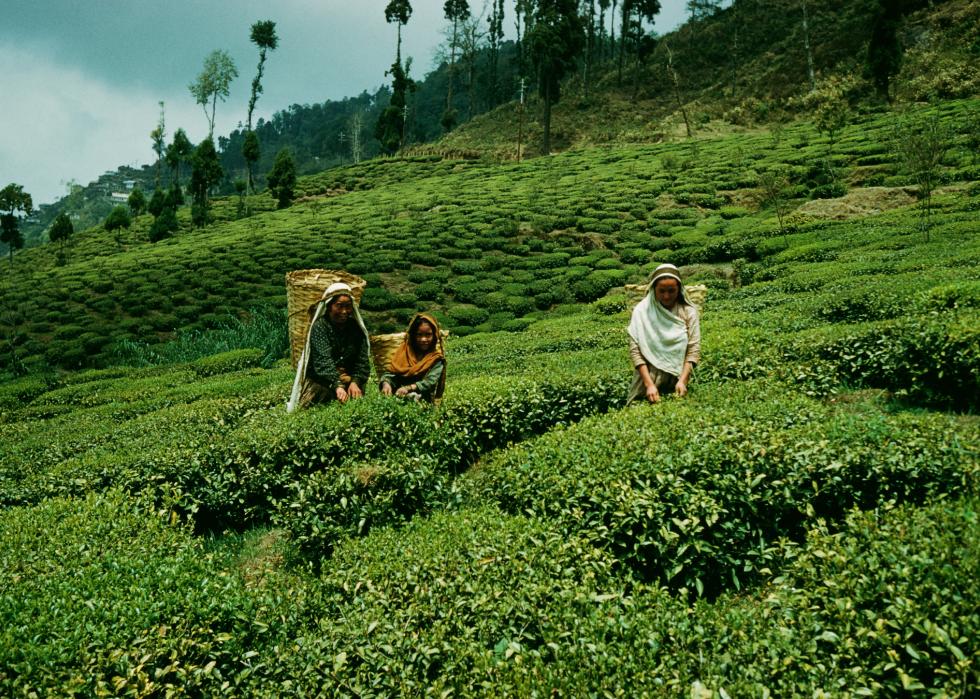
1967–1978: The Green Revolution
It wasn’t until 1967 and the beginning of the Green Revolution that India truly began to defend itself against future large-scale famine. This revolution had three basic elements: the continued expansion of farmlands; double-cropping, which entails two growing seasons each year and required huge government-funded irrigation projects; and the development of new high-yield varieties of seeds.
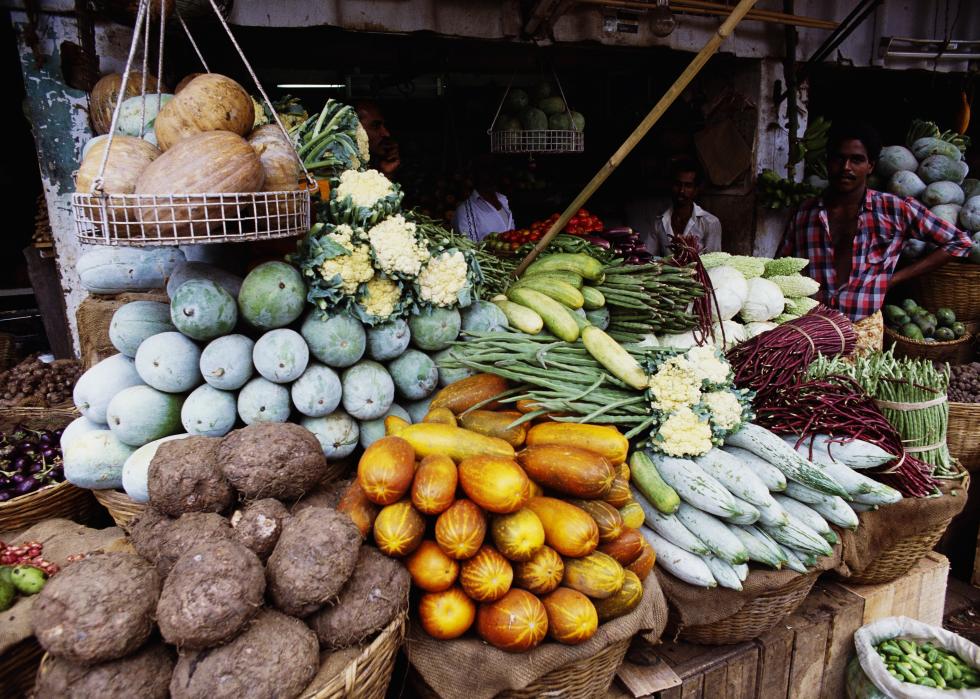
1991: The golden age of the Agricultural Produce Market Committee
As the agricultural industry began to grow and thrive, India established the Agricultural Produce Market Committee (APMC), which sought to safeguard the farmers against exploitation, ensure that prices do not “reach unreasonably elevated levels,” and guarantee timely payments to farmers for their crops. In exchange for this assistance, farmers were only allowed to sell their crops in designated market yards and at designated auctions. Experts agree that the golden age for these markets peaked in 1991.
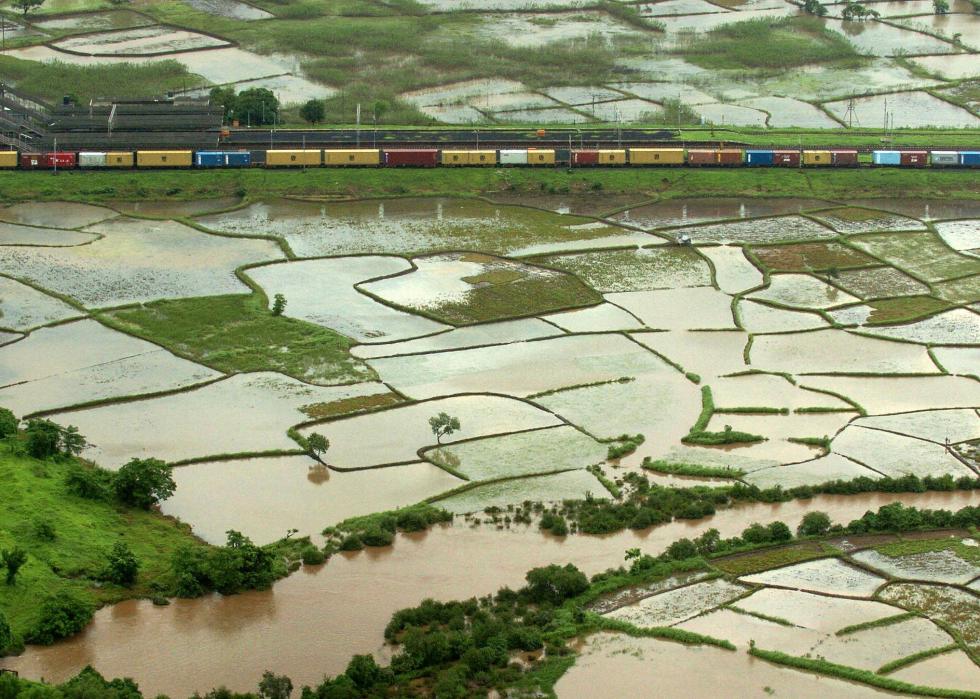
2006: Farmers take issue with the APMC
By 2006, local farmers had begun to take issue with the APMC. They argued that the market facilities weren't keeping pace with the increased amounts of produce they had begun to grow. When they couldn't sell their crops in the designated market yards and at auction, they began to turn to illegal middlemen and, more often than not, found themselves exploited.
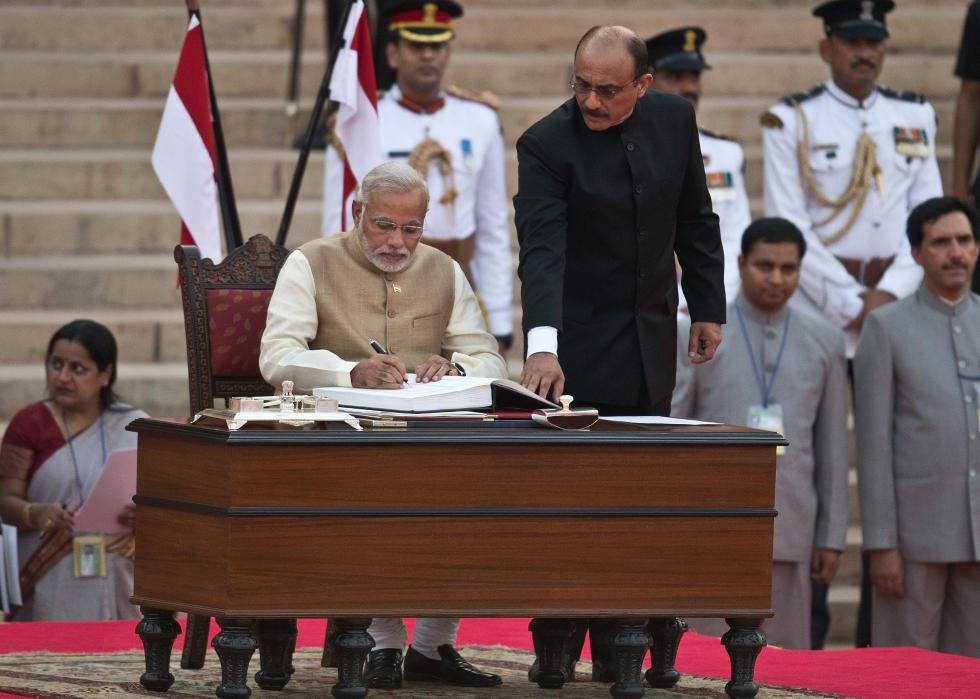
2014: Narendra Modi assumes office
India’s current prime minister, Narendra Modi, a member of the Bharatiya Janata Party, assumed office in 2014. During his 2014 and 2019 campaigns, he spoke often about his intent to modernize and industrialize India in all areas, including agriculture. Since he’s been in office, Modi has also made numerous promises pertaining to the fortunes of farmers and agricultural workers, including promising to double their income by 2022.
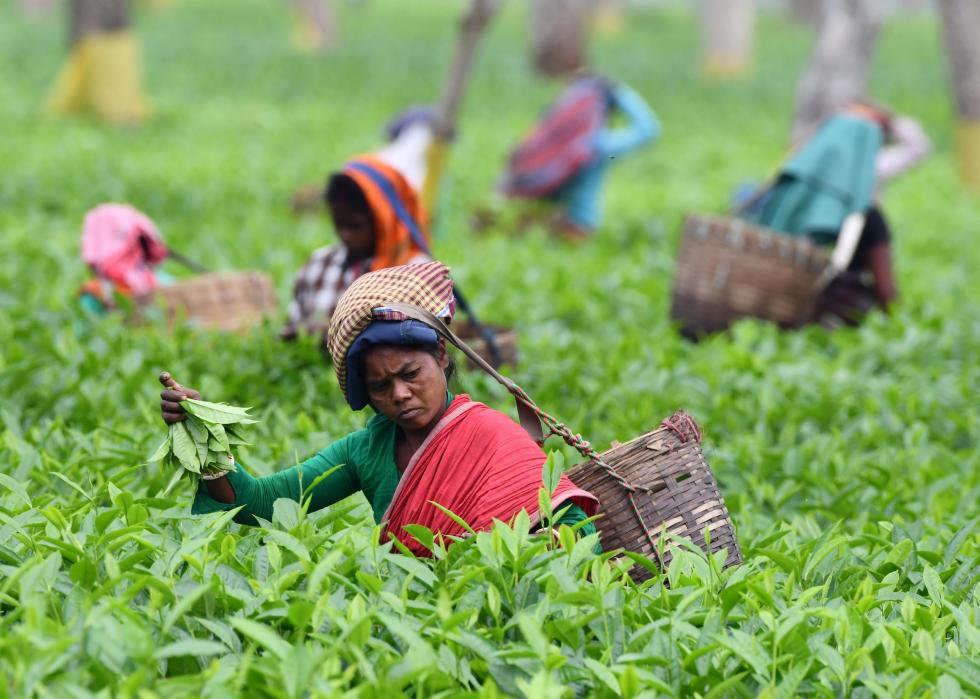
2020: Agricultural workers make up half of India’s workforce
According to India’s Ministry of Home Affairs, farm and agricultural workers now make up over half of the country’s total workforce (56.6% or 166 million individuals). This surge is thanks, in large part, to the fact that food growth and supply has been a central political issue in the country for the last several decades, as well as the fact that the government has invested huge sums of money into the industry.
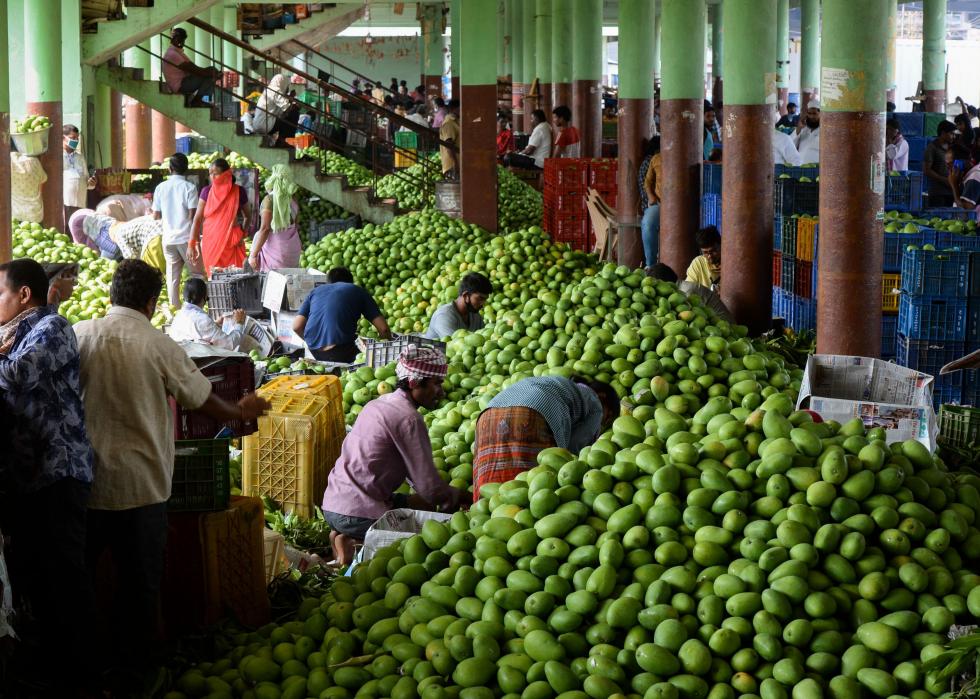
August 2020: India enters a recession
In August 2020, economists announced that India had entered its biggest recession in recent history. Much of the blame was placed on the COVID-19 pandemic, but farmers, who couldn’t sell crops at the wholesale markets that had been shut down by the government, felt especially panicked. Their current jobs, they felt, were already at risk, and now alternative careers wouldn’t be emerging in a shrinking economy.
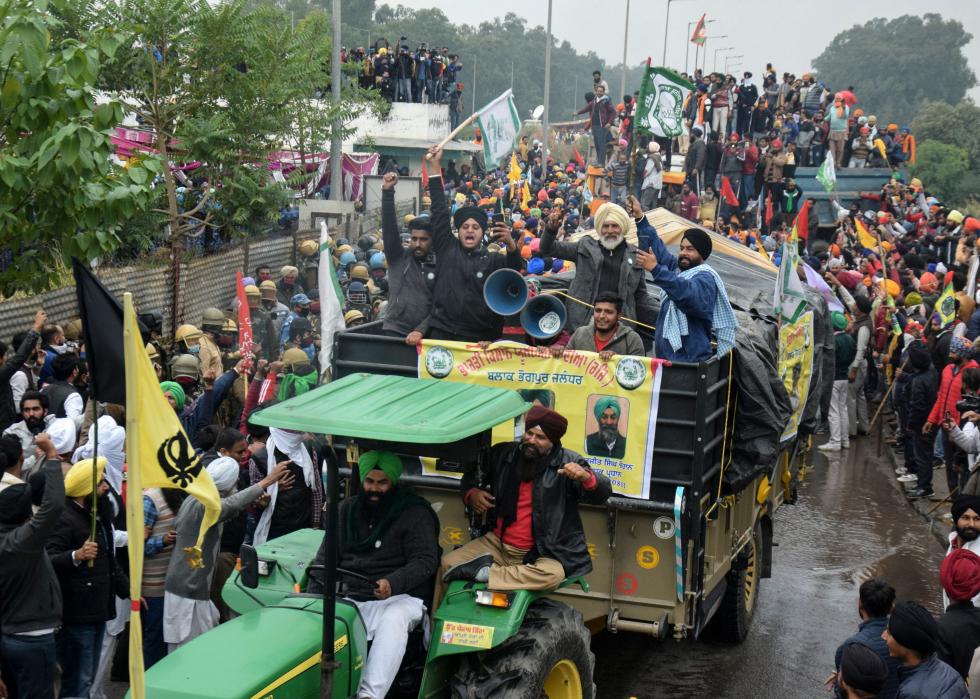
August 2020: Protests begin in several states
Time Magazine reports that in August 2020, protests against new agriculture laws proposed by Prime Minister Modi began in several states including Punjab and Haryana. These protests were organized with assistance from the All India Kisan Sangharsh coordination committee, the body that is also responsible for the current Delhi protest.
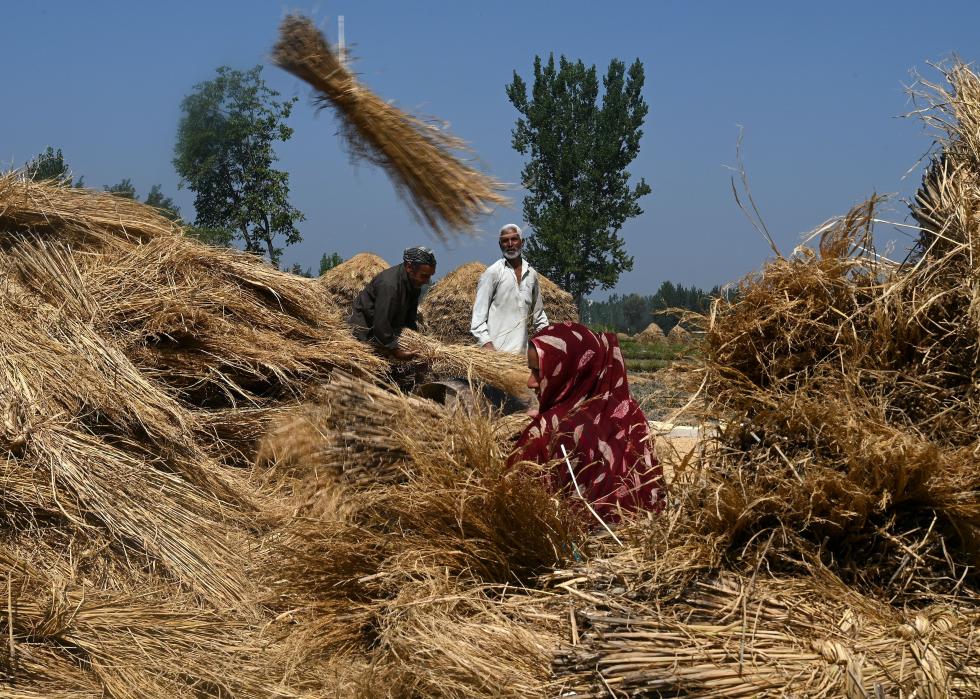
September 2020: The Farmers' Produce Trade and Commission Act passes
This all leads us to September 2020, when Prime Minister Modi passed the new Farmers' Produce Trade and Commission Act. According to the government, this act grants farmers more freedoms by dismantling the APMC and allowing them to sell their crops to anyone for any price. The country's farmers disagree, arguing that it actually leaves them more vulnerable than ever before, as it allows major corporations to drive down the cost of certain crops. It's important to note that the act was crafted and proposed without any input from India's farming community.
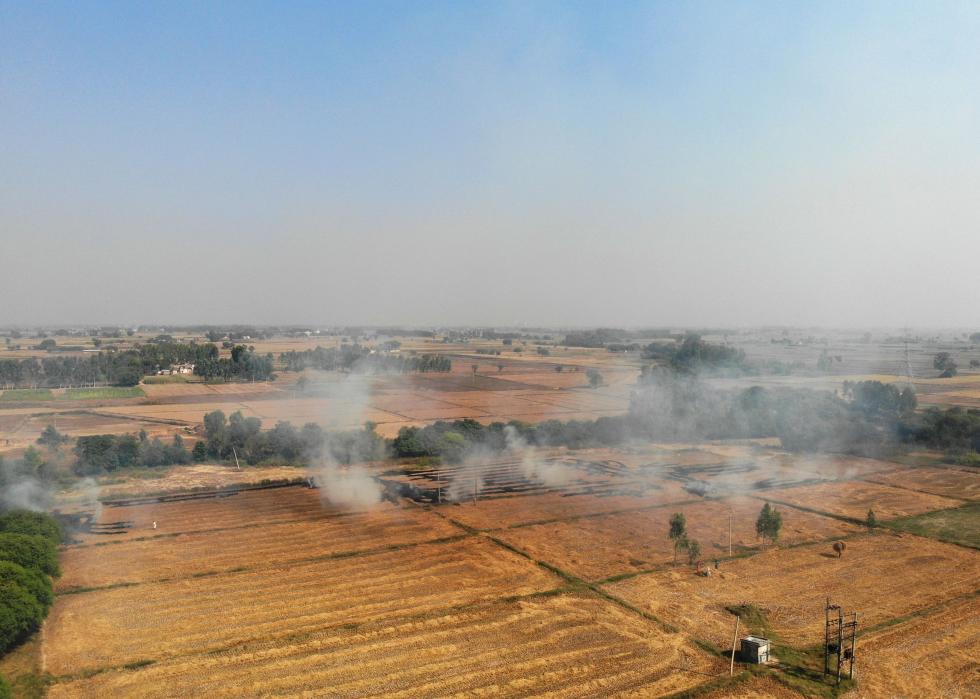
Early November 2020: Farmers begin burning fields
Before any official marches began moving toward Delhi, farmers around the country demonstrated their anger with the new laws by burning their fields. Usually, the farmers would hand clear any leftover crop residue, but in early November, in response to the Farmer’s Produce Trade and Commission Act, as well as another government ordinance that would prosecute farmers for any pollution they caused, the workers chose (en masse) to burn the residue instead.
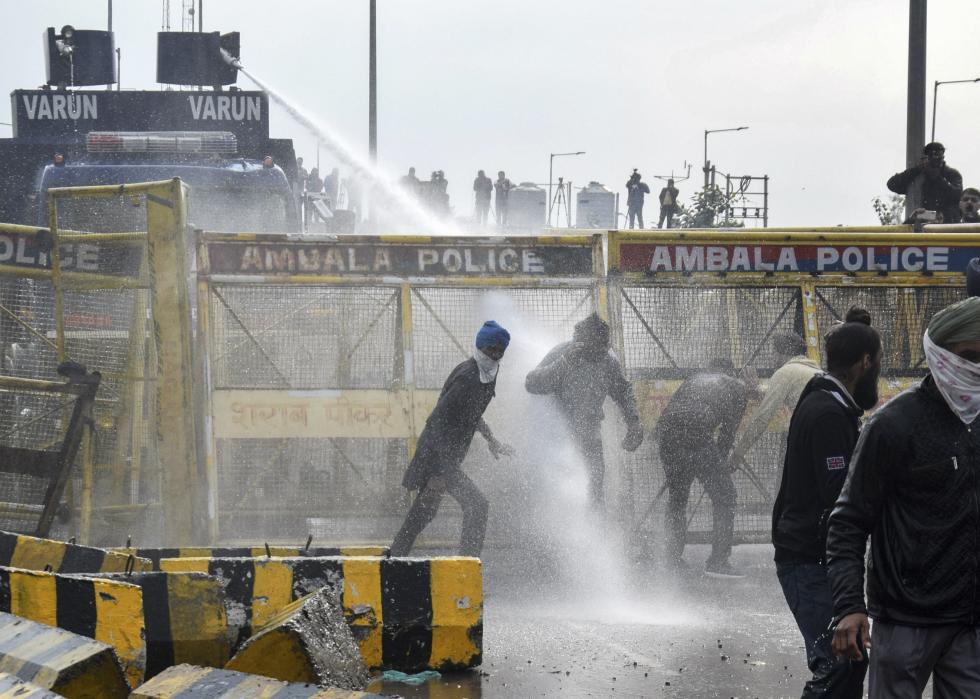
Nov. 23, 2020: Protesters march towards Delhi
During the week of Nov. 23, 2020, protesters from around India began marching towards Delhi, the country’s capital. When they began arriving at the edge of the city on Nov. 26, the protesters were met by large groups of police who used tear gas, water cannons, and physical force to keep them from entering.
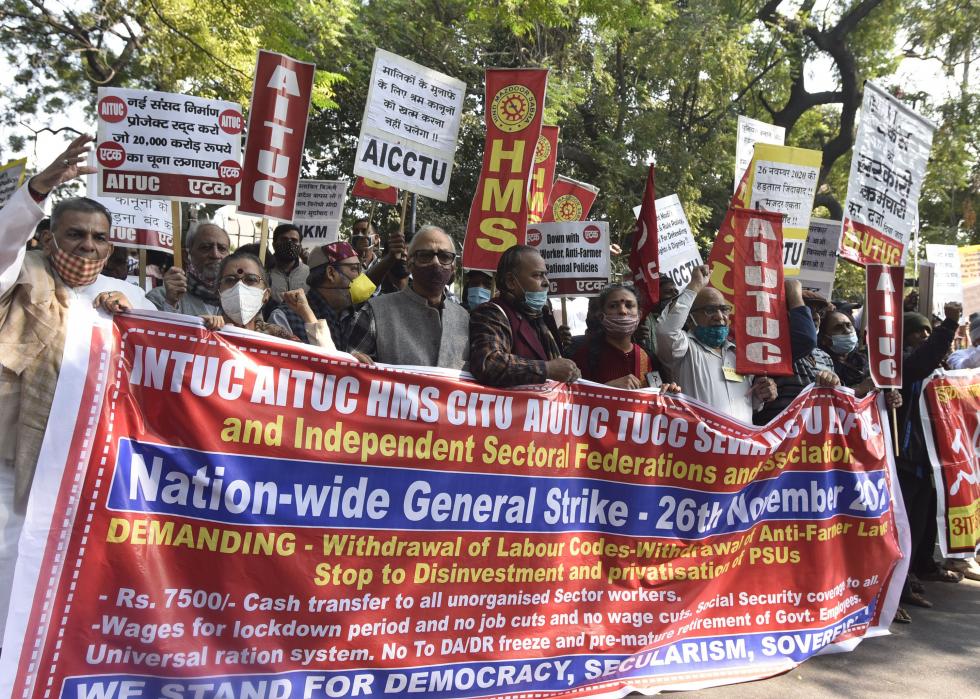
Nov. 26, 2020: The world’s biggest strike
On Nov. 26, 250 million workers in a range of industries from banking, to transportation, to telecommunication services, to oil and natural gas production, went on strike in what is believed to be the world’s largest coordinated strike effort of all time. The millions of people were standing in solidarity with farmers, as well as in protest of several other proposed labor laws, including the dismantling of protective labor laws and a lack of increase in the minimum wage.
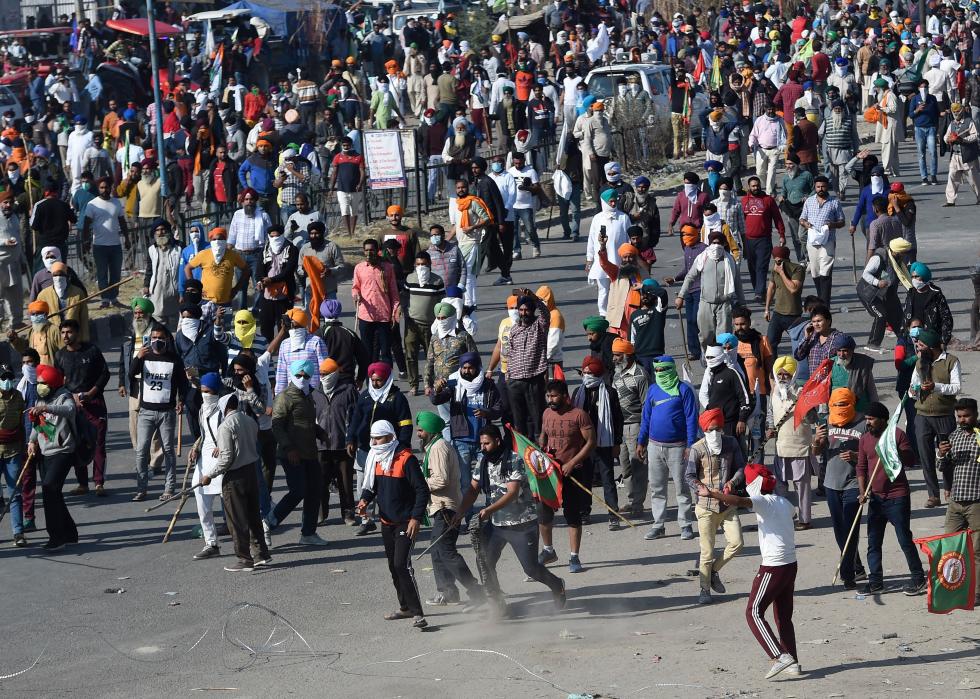
Nov. 27, 2020: Protestors granted entrance
The following day, Nov. 27, after news and images of clashes reached international news outlets, the government announced that protesters would be granted peaceful access to Delhi after all. Initially confined to an approved protest site that would be monitored by police, protestors quickly spread out, taking over streets and highways with their presence.
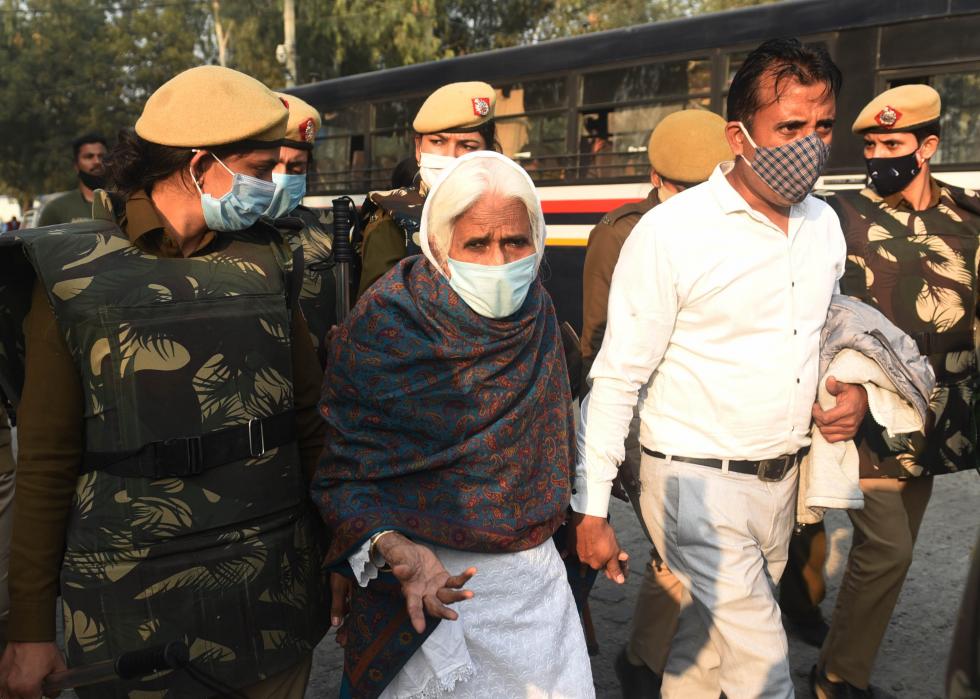
Dec. 1, 2020: Bilkis Dadi is arrested
The protests made international headlines again on Dec. 1, when police arrested Bilkis Dadi, an 82-year-old woman who'd risen to fame for her devoted protests against the controversial Citizenship Amendment Act. Bilkis Dadi had been marching in solidarity with the farmers when police stopped her at a border point between states and returned her to her home.
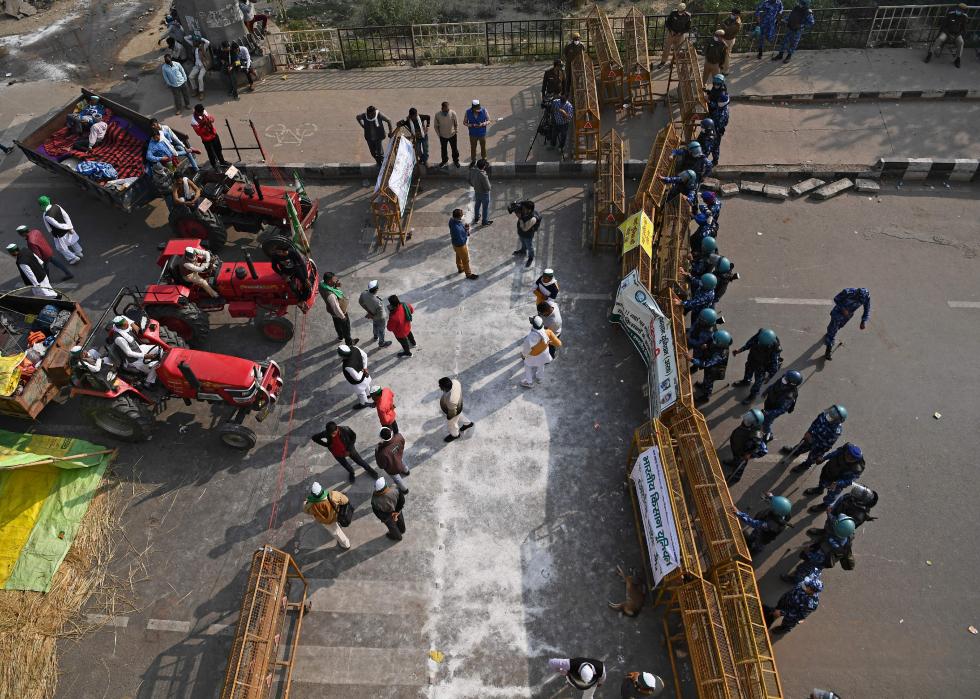
Dec. 1, 2020: Government officials meet with protest leaders
Also on Dec. 1, government officials met with protest leaders for the first time. Although no conclusion was reached, both sides agreed that the talks had been “good.” The two sides met again on Dec. 3 and 5, though, to date, no official conclusions have been reached.
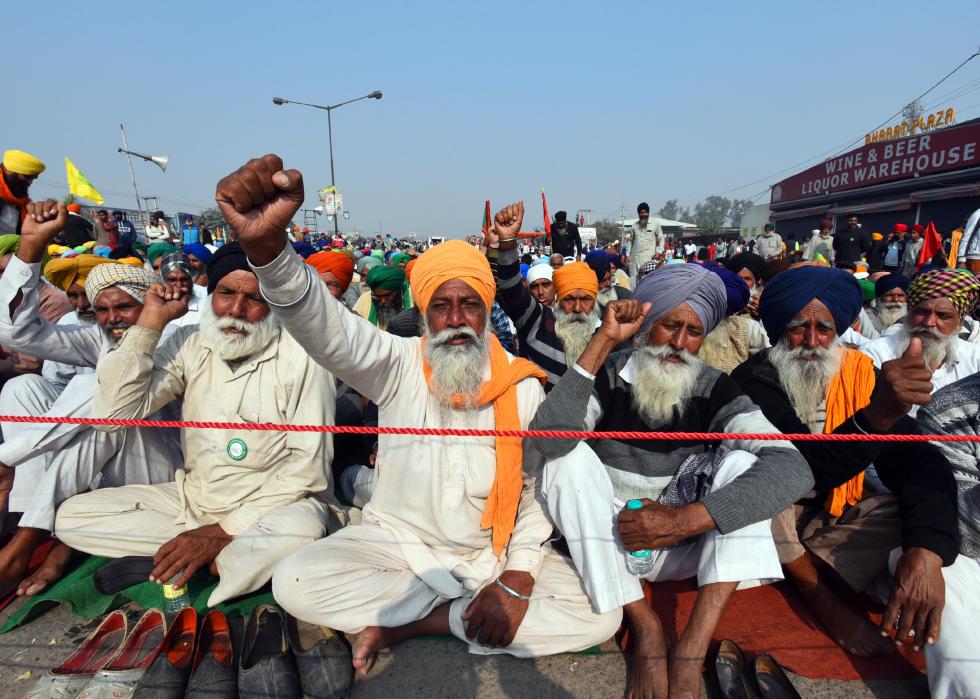
Dec. 5, 2020: Solidarity protest in the Bay Area
Support for the farmer’s protest has extended across the world. On Saturday, Dec. 5, protesters rallied in the Bay Area, marching from Oakland to San Francisco and back in an effort to show solidarity with their Indian family members and colleagues. The following day, on Dec. 6, thousands of protesters descended on the Indian High Commission in London in a coordinated effort to protest the law change.
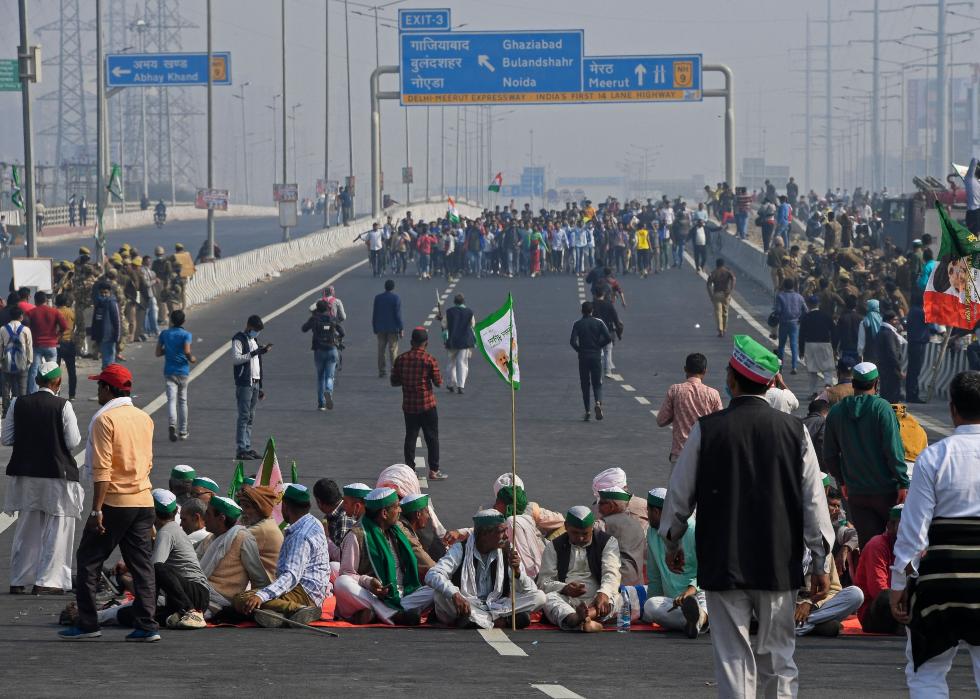
Dec. 8, 2020: The strike shuts down parts of the country
Things effectively came to a head in regards to the ongoing strike, when thousands of protesters shut down public transportation, shops, and markets around the country. The 450 farmers unions and organizations that support the strike say that the move is not meant to upend the life of ordinary citizens, but to put pressure on a government that’s slow to respond.
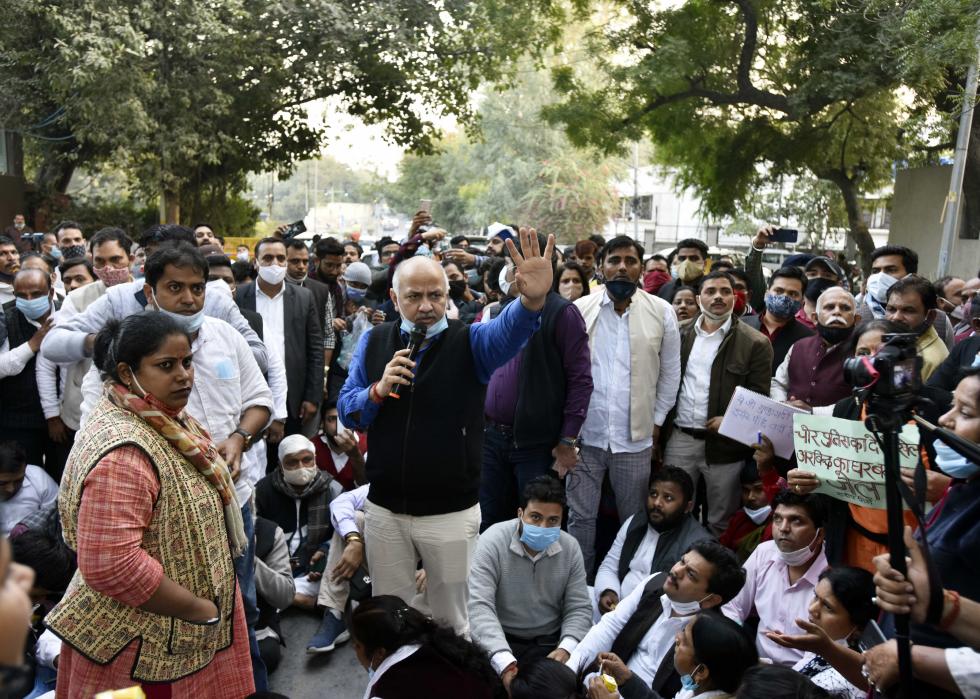
Dec. 8, 2020: The government detains opposition leaders
On the same day, government officials acting under direct orders from Prime Minister Modi reportedly detained leaders of the opposition. Several of these leaders, including Arvind Kejriwal, the chief minister of Delhi who opposes the new act, and other union heads, told The New York Times that they’d been stopped from joining the growing protests by the police.
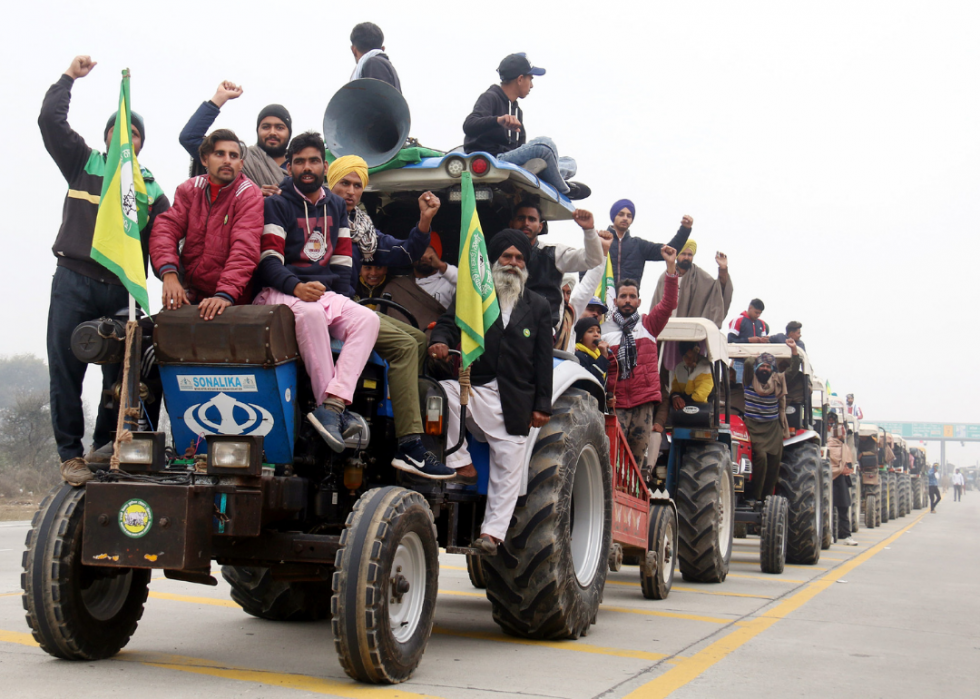
Jan. 24, 2021: Tractor Rally
Several protesters and organizers have told news outlets that they have no plans to cease the protests anytime soon, saying they'll stick out the long winter and increased COVID-19 risk as this is a "matter of life and death." Mekhala Krishnamurthy, a senior fellow at the Centre for Policy Research, simplified the issue when he told Time Magazine, "[these] protests and the negotiations are the beginning of a process that should have started at the beginning."
Despite renewed conversations between the Indian Supreme Court and union leaders, the Modi Administration has refused to walk back on the three agricultural laws farmers have been protesting for months. Demonstrations have continued, and protestors have been met with tear gas and police violence, especially during a tractor rally farmers held in January. One protesting farmer died after allegedly being shot by Delhi police—a claim police denies according to the India Times.

Jan 30, 2021: Internet Shutdown in Delhi
The Indian government suspended internet services in parts of New Delhi in response to the ongoing protests of thousands of farmers in the city. Officials have maintained that the decision was made to "maintain public safety," while union members have said the internet shutdown has merely incited panic.
The shutdown is still currently in place. On February 2, Rihanna tweeted about the news and garnered attention from global, A-list celebrities. People like climate activist Greta Thunberg and Vice President Harris’s niece Meena Harris have echoed support of the farmers. On the other hand, Indian officials and even Bollywood celebrities have taken to social media to criticize Rihanna's sudden interest.



